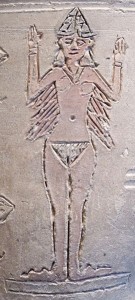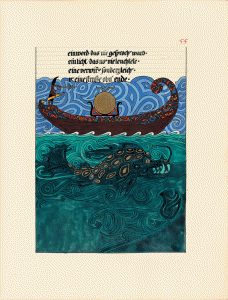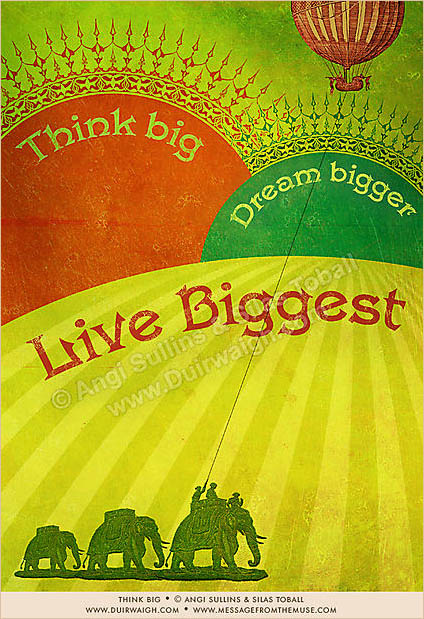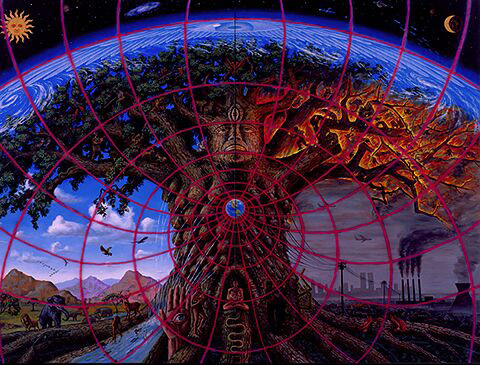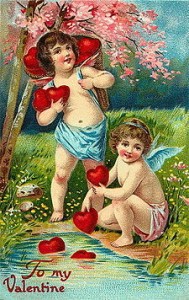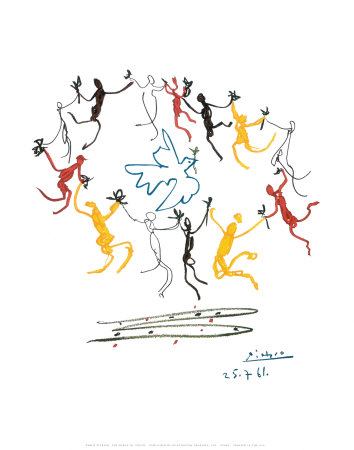I’ve been wrestling with my unconscious – or maybe it’s the other way around.
Several weeks ago, the names ISHTAR and ISAIAH appeared to me in the middle of the night. By morning, I had no memory of a dream nor any visual clues – just the names. And neither of the them meant anything to me. All I could conjure up for Ishtar was the movie of the same name starring Dustin Hoffman and Warren Beatty. As for Isaiah, I remembered him as a prophet, but that was it. But I felt strongly that these names held an important message for me.
I’ve since learned that Ishtar was the Babylonian goddess of love, sex, fertility, and war – the perfect embodiment of the opposing forces of life and death. Often described as bad-tempered, vengeful and cruel, her love was a curse to mortals and gods alike. In one myth, she descends to the underworld. After demanding admittance and threatening the gatekeeper with unimaginable horrors, she’s imprisoned. It’s not clear why Ishtar chose to take this journey, but a week later when I discovered Carl Jung’s recently-published opus, The Red Book, things began to fall into place. For Jung, too, took a trip to the underworld.
Jung’s journey to the depths began in 1913 with an uninvited, two-hour vision in broad daylight of a massive flood that covered land from the North Sea to the Alps. Two weeks later, he had a similar vision and then another and another that finally ended with a horrifying vision of a sea of blood. Unaware that the Great War was coming, Jung feared that he had lost his mind. What he came to realize was that he had lost his soul.
Instead of turning away from these terrifying experiences, Jung embraced them. For the next 16 years, he induced what he called “active imaginations” by visualizing himself digging a hole and descending to the underworld to explore his unconscious mind. In his expeditions, he traveled the land of the dead where he met up with God, experienced the death of Christ, and engaged in dialogue with the prophet Elijah and his daughter, Salome, with the devil, monsters, and demons. He also met up with his soul in the form of a female figure who advised him not to fear madness, but to accept it and use it as a source of creativity.
These excursions, detailed in runic Latin and German calligraphy and illustrated with Jung’s own paintings, resulted in a 205-page red leather bound folio. And much to my amazement, I found that the very first page begins with quotes from ISAIAH.
I’ve been possessed by all of this for weeks. It seems obvious that my subconscious is trying to get me to look at my shadow self. But having grown up in the Midwest, I was taught to run away from the bogeyman, to repress my anger and my fears, to ‘put on a happy face’ and soldier on.
Dr. Stephen Diamond, a clinical and forensic psychologist and the author of Anger, Madness, and the Daimonic: the Psychological Genesis of Violence, Evil, and Creativity, believes that we all cast shadows and that repression of anger and rage can result in violence. Only by unconditionally accepting ourselves as we are with our human imperfections can we let go of self-defeating attitudes and destructive behavior patterns. Further, he suggests that if we acknowledge and respect our daimonic impulses, we can make constructive use of their energy.
Before his encounter with ‘the spirit of the depths’, Jung had denied aspects of his personality. By age 40, he had accomplished everything he’d set out to do; he had a fulfilling family life and a successful career. But life had lost its meaning. With his singular focus on the cerebral, he had neglected his emotions. And of his soul, he said, “I had judged her and turned her into a scientific object.”
Jung’s walk on the dark side not only showed him the importance of nurturing the soul, but also convinced him that the shadow self was an integral part of life and needed to be affirmed. Ultimately, it led him to ‘the supreme meaning’ – “the path, the way and the bridge to what is to come.” For Jung, that turned out to be a new chapter in analytical psychology born from his experiences moving between the light and the dark. And in the end, he regained his soul.
It’s taken me decades to recognize and to accept my demons, but clearly, something’s up. My ‘spirit of the depths’ seems to be telling me that I’ve left a few stones unturned. Or maybe it’s saying that the time has come to transform my fears and unleash my creative impulses. I’m going with that.

